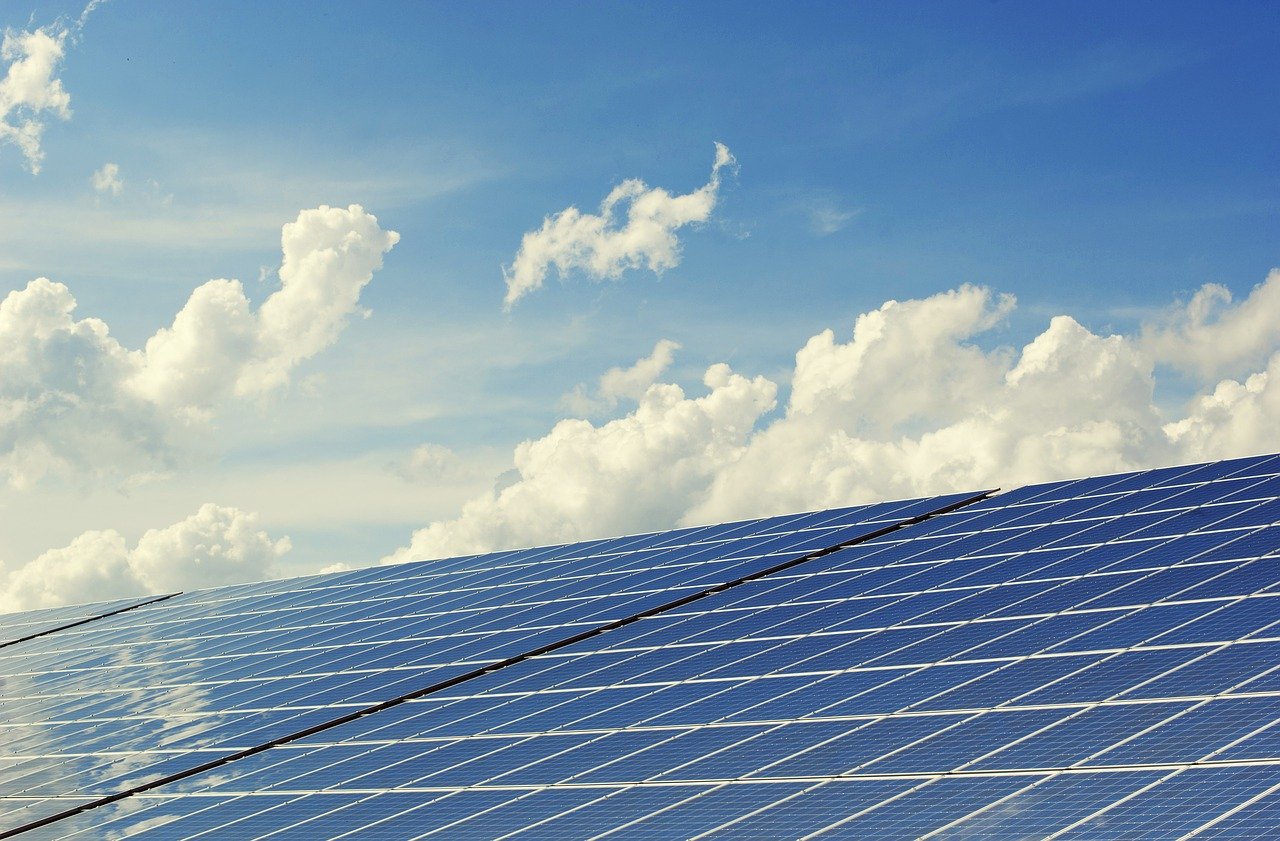The Science Behind Solar Energy

Solar energy comes from the sun. We experience it as heat or light. Solar power can be harnessed and transformed into electricity or other types of energy. We use it to make buildings warmer and reduce global climate change from pollution. The sun is a great source of energy because we'll never run out of sunlight. When we use solar energy, we don't cause pollution or release greenhouse gases into the atmosphere.
Photovoltaic Cells
Photovoltaic cells are also known as solar panels or solar cells. Solar cells help us to change sunlight into electricity that we can use to power devices and heat up our homes. With enough photovoltaic cells, you can provide enough electricity for an entire house or office building. The word "photovoltaic" is Greek for "light electricity". Solar panels are similar to plants. When sunlight hits a plant's leaves, the plant does photosynthesis. It absorbs the sun's energy and converts it into food and energy so it can grow. A solar cell takes the light it absorbs and converts it into electricity. Some light is reflected back to us, and other light just passes through.
- Photovoltaic Cells Make Electricity
- Photovoltaic Cells Lower Energy Costs
- Using Photovoltaic Cells for Solar Panels
- Types of Photovoltaic Cells
- The History and Science of Photovoltaic Cells
Solar Thermal Technology
Sometimes it's not enough to use the sun's rays for heat and power. Solar thermal technology is all about concentrating the power of the sun using mirrors or lenses. The concentrated solar power heats water until it evaporates into steam. The steam powers an electricity-generating turbine to create electricity through a Stirling engine. We can use solar thermal technology to heat small and large spaces, to power HVAC systems, and to boil water. Solar thermal technology doesn't release any carbon emissions or pollution, but it can be more expensive than electric water heaters or natural gas. Power plants in Spain, China, and India use solar thermal technology.
- The History of Solar Thermal Technology
- What Is Concentrated Solar Thermal Technology?
- Different Kinds of Solar Thermal Technology
- The Future of Solar Thermal Technology in China
- Solar Thermal Energy Facts
- How Solar Technology Works
Passive Solar Heating
"Passive" means that you can sit back and let something work for you. Passive solar heating is about taking advantage of the natural energy that the sun provides. The opposite of passive solar heating is active solar heating. Solar panels and Stirling engines are both examples of solar heating. Architects and engineers sometimes use passive solar heating when they design buildings to be energy efficient. The side of a building that doesn't usually receive direct sunlight will have small windows, but the side that faces the sun will have larger windows to let in light and heat during the winter. Using heavier building materials that will absorb the sun's energy reduces winter heating costs.
- What is Passive Solar Heating?
- Use Less Energy at Home with Passive Solar Heating
- Passive Solar Heating and Sustainable Buildings
- Advantages and Disadvantages of Passive Solar Heating
- Reasons to Use Passive Solar Heating
Global Climate Change
Global climate change happens when an area's weather changes over many years. Your grandparents might talk about how there were fewer forest fires and hurricanes when they were kids. The Earth's surface is much warmer now than it was 20 years ago. The difference between weather and climate is time. Weather is what we see when we look outside. Climate is the overall pattern of weather conditions. The effects of global climate change have been melting glaciers, rising water levels, and more intense storms. Droughts will be longer and hotter. Storms will bring more rain and wind. Everyone needs to do their part to deal with global climate change.
- Info About Global Climate Change
- Why is Global Climate Change Dangerous?
- How Climate Change Affects the Planet
- Evidence and Causes of Global Climate Change
- Climate Change in Pennsylvania
More Resources
- More Facts About Climate Change
- The Climate Kids Ambassadors Program
- The Climate Change Adaptation Game
- Climate Quiz for Kids
- Climate Change Ice Flow Game
- Kid-Friendly Solar Energy Projects
- Wonderville Solar Energy Game
- Design Your Own Renewable Energy System
- Additional Info About Solar Energy
- The Latest Solar Energy News
- Photovoltaic Cell Activity
- Build a Solar Oven
- Solar Power Heat Measurement Experiment
- Make a Solar Cell and Check Its Output
- The Effect of Passive Solar Heating on a Parked Car
- What's a Solar Chimney?
- Solar Power as Energy and Heat
- All About Solar Energy
- The Biggest Solar Power Plants Worldwide
- The Color of Your Clothes Affects Heat Generation
- Is the Sun Hot Enough to Fry an Egg on the Sidewalk?
